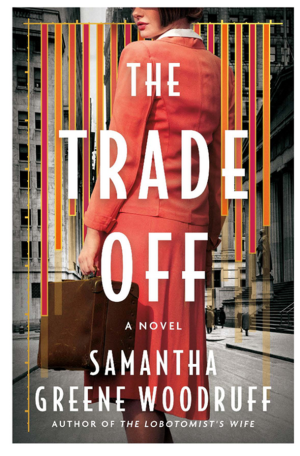The second book in Jane Loeb Rubin’s A Gilded City series, this unique work of historical fiction begins in the farmlands of Harlem, New York in October 1879 and ends in New York City in February 1892. The story is narrated by Tillie, the eldest daughter of her family, who is responsible and studious and at the top of her eighth grade class. She dreams of going on to study in high school — a rare opportunity for girls at the time — but her family’s needs deter her plan.
Each Sunday, Tillie rides the wagon with her papa to deliver products to the butchers in busy downtown Manhattan. When her mama gets sick, Tillie is called on to accompany her to Bellevue Hospital as her translator. All too quickly, Tillie becomes the caretaker of her brothers and baby sister. When her papa remarries, teenage Tillie has two choices: to stay on the farm, marry an uneducated local boy, and continue on her family’s path, or to accept a proposal from a charming, older, widowed businessman who lives in the overcrowded tenements downtown. He promises her a loving marriage, a successful future, and a move out of the Lower East Side.
Tillie determines her new family’s future through untiring work, curiosity, dreams, and ambition. As a businesswoman, she collaborates with a female partner and workers, but they’re forced to pretend that her husband heads the business. Without a male leader, Tillie would be ignored and fail before she could ever prove herself as the savvy, edgy, risk-taking, and independent thinker she is.
Full of research and fast-paced storytelling, Threadbare explores many critical, ever-relevant issues, including poverty, childbirth, reproductive freedom, women’s place at home and in the business world, rampant disease, immigration, and the value of community. Rubin’s contrasting depictions of rural Harlem and New York City during this period are as vivid as her description of Tillie’s frustrations, failures, accomplishments, and successes as a daughter, caretaker, wife, mother, partner, and businesswoman.
Miriam Bradman Abrahams, mom, grandmom, avid reader, sometime writer, born in Havana, raised in Brooklyn, residing in Long Beach on Long Island. Longtime former One Region One Book chair and JBC liaison for Nassau Hadassah, currently presenting Incident at San Miguel with author AJ Sidransky who wrote the historical fiction based on her Cuban Jewish refugee family’s experiences during the revolution. Fluent in Spanish and Hebrew, certified hatha yoga instructor.





